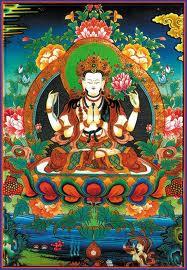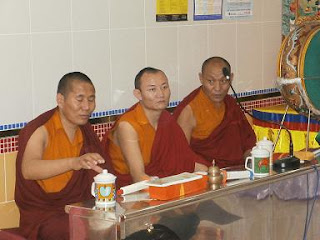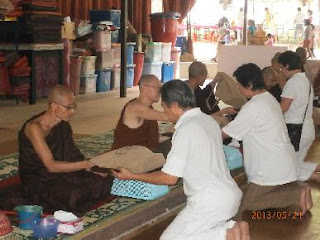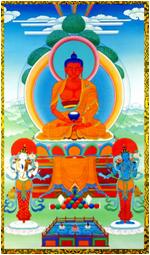Pure Land, Part 3
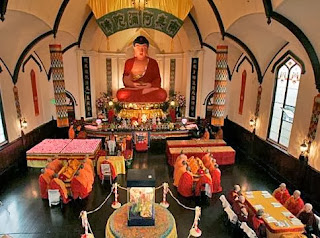
When we go to the western Pure Land, we are like elementary school students. But there are also university students, post-graduate students and PhD students in the same classroom. When we face difficulty, they will help us. An inconceivable world! Therefore, attaining rebirth in the Land of Common Residence of Ordinary Beings and Saints, the first of the four lands, is the same as attaining rebirth in the Land of Expedient Liberation because arhats are our fellow practitioners. It is also the same as attaining rebirth in the Land of Eternally Quiescent Light, the highest of the four lands because Buddhas are also there with us. Although there are uncountable number of methods, their objectives are the same. It is often said, 'all the roads lead to Rome' and 'all methods are the same'. Pure Land practitioners should never criticize or slander Zen, Esoteric or any other schools because their objectives are the same as ours; they simply follow different methods of p






